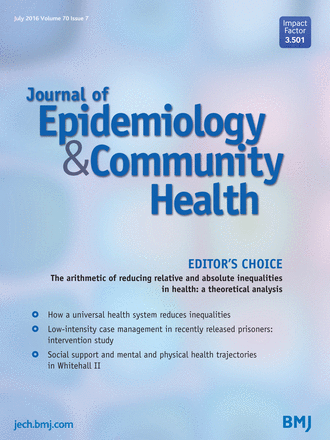March 2011 - In the 1960s, a group of U.S. states with high age-adjusted stroke mortality defined a "stroke belt." Until recently, geographic patterns of diabetes had not been specifically characterized in the same manner.
In an article published in the April 2011 issue of the American Journal of Preventive Medicine, researchers were able to identify clustered high prevalence areas, or a "diabetes belt" of 644 counties in 15 mostly southeastern states using data compiled for the first time of estimates of the prevalence of diagnosed diabetes for every U.S. county.
"Identifying a diabetes belt by counties allows community leaders to identify regions most in need of efforts to prevent type 2 diabetes and to manage existing cases of the disease," commented lead investigator Lawrence E. Barker, PhD, Division of Diabetes Translation, National Center for Chronic Disease Prevention and Health Promotion, Centers for Disease Control and Prevention (CDC), Atlanta, GA.
"Although many risk factors for type 2 diabetes can't be changed, others can. Community design that promotes physical activity, along with improved access to healthy food, can encourage the healthy lifestyle changes that reduce the risk of developing type 2 diabetes."
Nearly one third of the difference in diabetes prevalence between the diabetes belt and the rest of the U.S. is associated with sedentary lifestyle and obesity. Thirty percent of the excess risk was associated with modifiable risk factors, and 37% with nonmodifiable factors, such as age and race/ethnicity.
Continue Reading Below ↓↓↓
Data from the diabetes belt showed prevalence rates greater than 11.0% or higher. By comparing demographics and risk factors such as gender, age, education, sedentary lifestyle, obesity, and race/ethnicity, they found four factors that distinguished the diabetes belt from the rest of the country.
- Population of the diabetes belt counties contained substantially more non-Hispanic African Americans compared to the rest of the country (23.8% for the diabetes belt, 8.6% for the rest of the country).
- Prevalence of obesity (32.9% vs. 26.1%) was greater in the diabetes belt than in the rest of the U.S.
- Sedentary lifestyle (30.6% vs. 24.8%) was greater in the diabetes belt than in the rest of the U.S.
- Proportion of people with a college degree was smaller (24.1% vs. 34.3%).
644 counties make up the diabetes belt. This belt includes portions of the states of Alabama, Arkansas, Florida, Georgia, Kentucky, Louisiana, North Carolina, Ohio, Pennsylvania, South Carolina, Tennessee, Texas, Virginia, and West Virginia, as well as the entire state of Mississippi.
According to Dr. Barker, "People who live in the diabetes belt will reduce their chance of developing type 2 diabetes if they are more active physically and, for those who are overweight or obese, if they lose weight. Taking these steps will eventually lower the prevalence of diabetes within the diabetes belt."
The article is "Geographic Distribution of Diagnosed Diabetes in the U.S.: A Diabetes Belt" by Lawrence E. Barker, PhD, Karen A. Kirtland, PhD, Edward W. Gregg, PhD, Linda S. Geiss, MA, and Theodore J. Thompson, MS. It appears in the American Journal of Preventive Medicine, Volume 40, Issue 4 (April 2011) published by Elsevier. doi: 10.1016/j.amepre.2010.12.019.
Source: Elsevier Health Sciences











